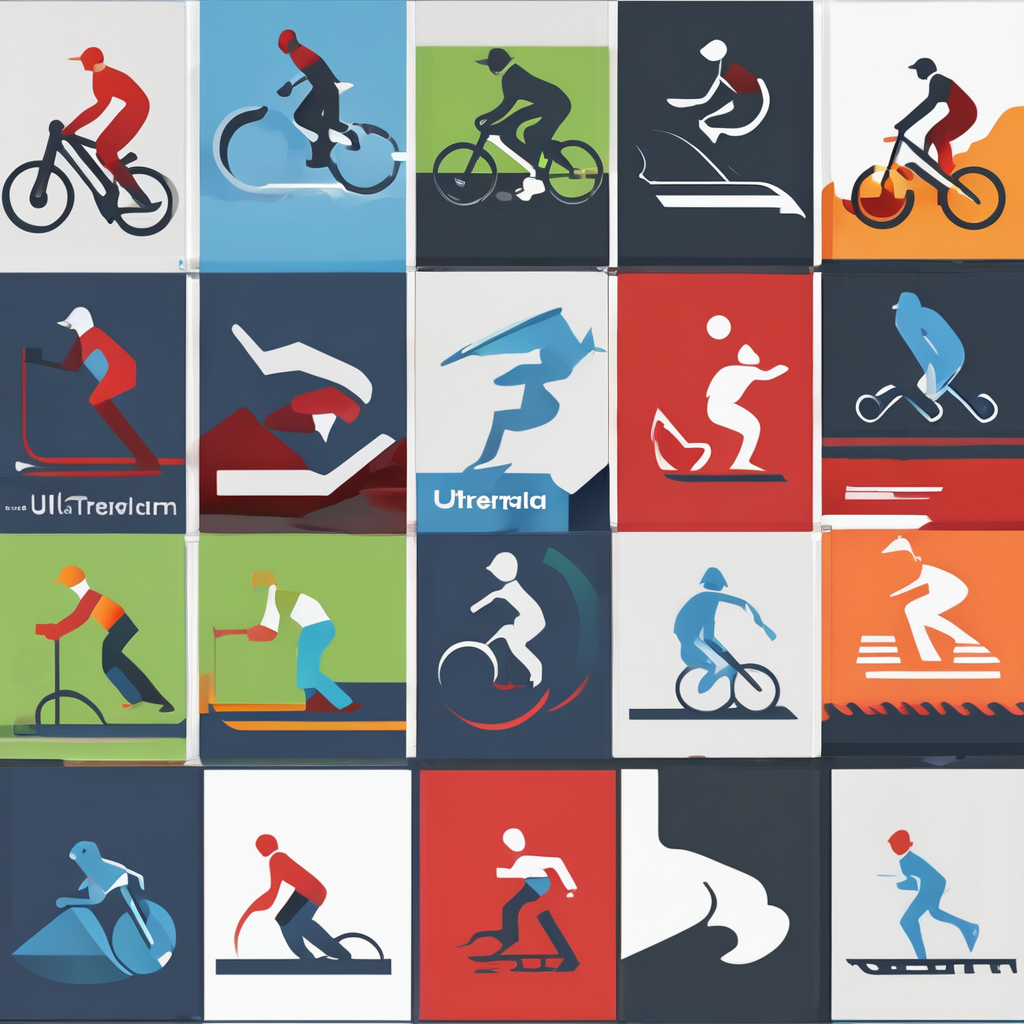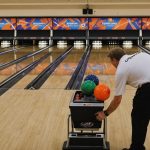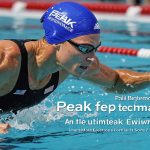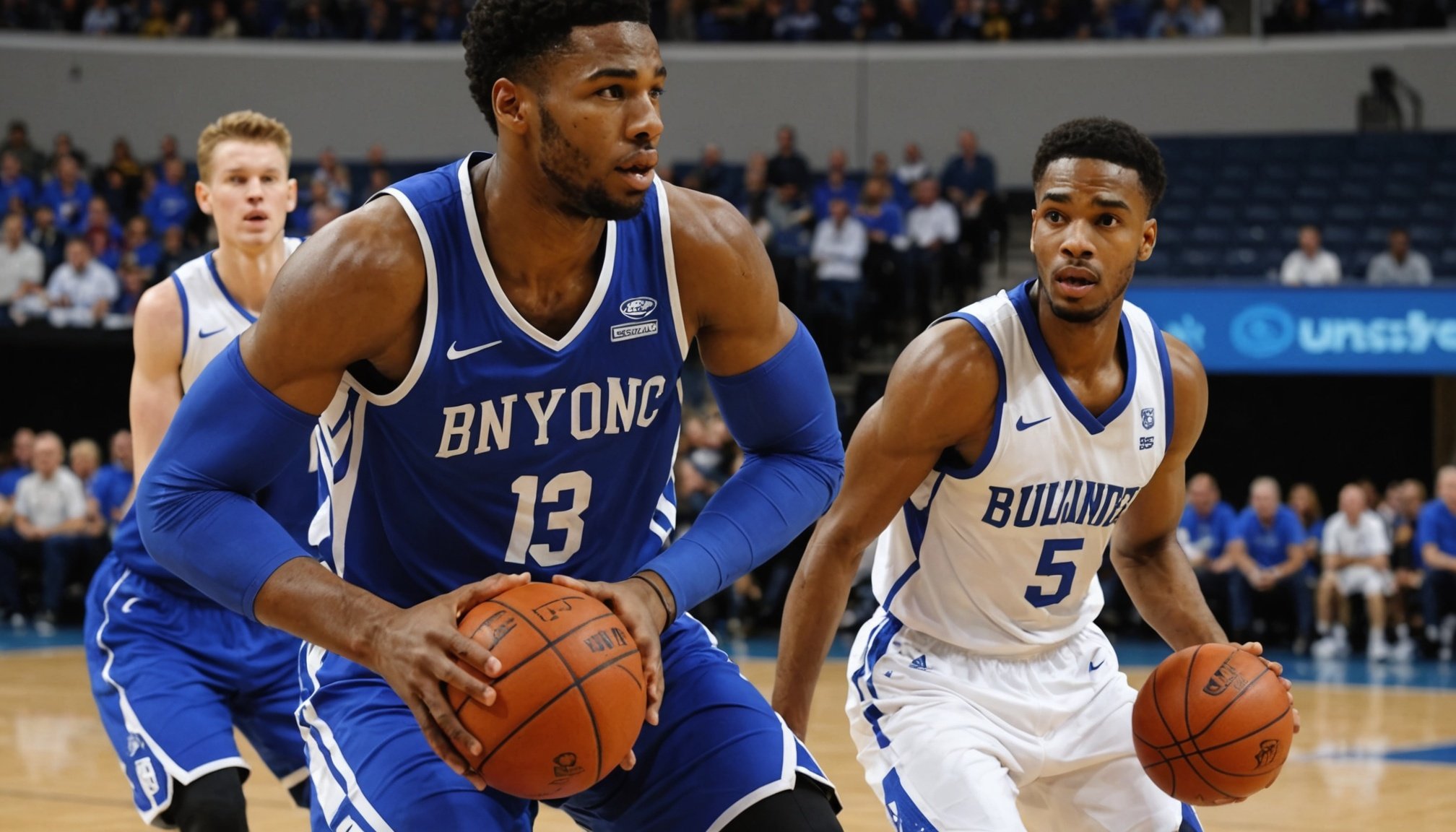Importance of Court Awareness in Basketball
In the realm of basketball, court awareness plays an indispensable role for players aiming to elevate their performance. Mastering this aspect can notably enhance a player’s ability to make swift, informed decisions during gameplay. A key component of court awareness is peripheral vision, which allows athletes to perceive happenings around them without directly looking. This expanded field of view is crucial for anticipating opponents’ moves and teammates’ positions, leading to more strategic plays.
When a player sharpens their peripheral vision, it greatly influences decision-making, allowing for quicker reactions that can be the difference between a win and a loss. Enhanced spatial awareness grants a competitive edge by enabling players to read the court dynamics efficiently. This skill ensures players can respond promptly and accurately, leveraging every advantage to compress time and space on the court.
Topic to read : Elevate your vertical leap: the ultimate strength training blueprint for basketball athletes in the uk
Understanding the environment, predicting plays, and executing them promptly are what set excellent players apart. Therefore, cultivating court awareness intertwined with exceptional peripheral vision is vital. This combination significantly boosts a player’s capability to excel, and offers them the confidence to outshine in pressure-intensive moments.
Unique Techniques to Enhance Peripheral Vision
Enhancing peripheral vision is pivotal for basketball players who aspire to elevate their game. Integrating specialised drills and training techniques into regular practice sessions can greatly contribute to this development.
Additional reading : Speed secrets: proven techniques for uk basketball athletes to boost defensive reaction times
Vision-Focused Drills
Specific vision-focused drills, such as ball tracking exercises, can prove effective in honing peripheral awareness. For instance, multi-ball tracking tasks force players to keep their eyes on multiple objectives, increasing their ability to process simultaneous visual inputs. Incorporating directional vision tasks, like alternating focus between fixed and moving targets, can further improve spatial awareness. These tasks are not only crucial for court awareness but also for ensuring a competitive advantage during high-stakes gameplay.
Cognitive Training Methods
Beyond physical drills, cognitive training plays a significant role. Engaging in mental exercises aimed at expanding visual field perception can yield substantial benefits. Visualisation techniques, where players mentally rehearse gameplay scenarios, enhance decision-making in real-time scenarios. Additionally, reaction time training augments a player’s ability to react swiftly to dynamic court situations, further developing their court awareness.
Incorporating Technology in Training
Modern technology, such as apps simulating game scenarios, aids in vision training by offering immediate feedback and analysis. Video analysis helps players understand movement patterns and improve their basketball performance. Moreover, virtual reality systems provide immersive environments to practice and refine peripheral vision skills, equipping players with unique training experiences.
Testimonials from Successful Players
Delving into player testimonials, it’s clear that peripheral vision training can drastically elevate basketball performance. Many players share stories of their transformative experiences, citing significant improvements in court awareness. One such example involves a UK-based player who noted a marked change in their reaction times and decision-making abilities following rigorous vision training.
Case Studies of Success
Exploring various success stories, a pattern emerges. Players who commit to enhancing their peripheral vision often report an undeniable boost in confidence during high-pressure scenarios. A well-documented case study highlights a team where several members engaged in vision training. Their collective improvement in spatial awareness directly contributed to a winning streak.
Mental Shifts in Players
Apart from physical benefits, testimonials emphasize the mental shifts resulting from vision exercises. Players consistently mention a newfound ability to anticipate plays, enhancing not only individual performance but also team strategy. These insights underscore the profound impact that intentional training can have on both mental resilience and agility, proving the comprehensive benefits of developing court awareness.
Tips for Implementing Techniques in Practice
When it comes to improving basketball performance through peripheral vision, integrating effective techniques into practice is key for progress.
Setting Up Effective Practice Sessions
To harness the benefits of peripheral vision drills, plan practice sessions that blend these exercises with traditional skills training. Begin by designating specific time slots for these vision-focused drills, ensuring they become a consistent part of practice. Balancing regular skills practice with vision training allows players to develop comprehensive court awareness, enhancing decision-making capabilities. Establish a feedback loop, encouraging players to reflect on personal progress and identify areas needing improvement. This reflective practice is crucial for continual growth and empowerment during gameplay.
Collaborating with Coaches and Teammates
Effective communication is vital for amplifying court awareness. Coaches should facilitate open discussions about integrating vision training into team practice, seeking input from players. Collaborative exercises can be designed to target peripheral vision, encouraging teamwork in drills that improve spatial perception. Developing a unified approach to vision training enhances both individual capabilities and overall team strategy, fostering a cohesive environment geared towards success.
Tracking Progress and Adjusting Techniques
Monitoring improvement is essential for optimizing peripheral vision techniques. Establish methods to track progress, such as video analysis or regular performance reviews with coaches. Personal feedback enables players to fine-tune their training techniques, ensuring they remain relevant and effective. Consistency and adaptability in training ensure long-term improvement in court awareness and basketball performance.











